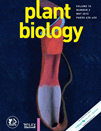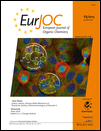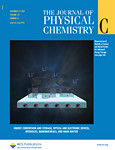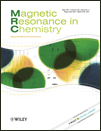 “On the interference of J(HH) modulation in HSQMBC-IPAP and HMBC-IPAP experiments”, by Josep Saurí and Teodor Parella; Magn. Reson. Chem. 2013. DOI: 10.1002/mrc.3977
“On the interference of J(HH) modulation in HSQMBC-IPAP and HMBC-IPAP experiments”, by Josep Saurí and Teodor Parella; Magn. Reson. Chem. 2013. DOI: 10.1002/mrc.3977
The effects of phase signal modulation due to homonuclear proton–proton coupling constants in HSQMBC-IPAP and HMBC-IPAP experiments are experimentally evaluated. An assessment of the reliability ofnJCH measurement from distorted cross-peaks obtained in IPAP versions of HMBC and HSQMBC experiments is presented. Continue reading On the interference of JHH modulation in HSQMBC-IPAP and HMBC-IPAP experiments
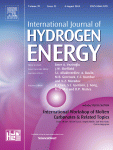
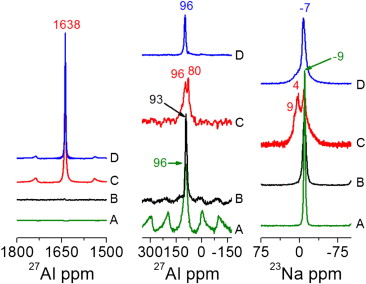
 Low-molecular-weight gelators consisting of hybrid cyclobutane-based peptides, by Sergi Celis,
Low-molecular-weight gelators consisting of hybrid cyclobutane-based peptides, by Sergi Celis, 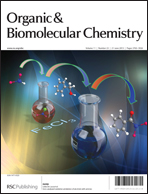 CLIP-HSQMBC: Easy measurement of small proton-carbon coupling constants in organic molecules, by Josep Saurí,
CLIP-HSQMBC: Easy measurement of small proton-carbon coupling constants in organic molecules, by Josep Saurí, 
